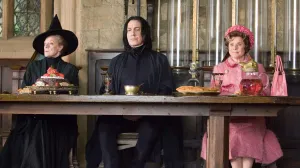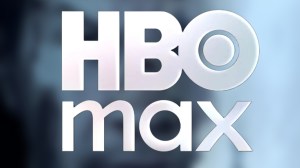When the original Mortal Kombat released in arcades in 1992, it was unlike any other video game that had ever been seen. The fighting game’s colorful cast was unquestionably compelling, but the violence was the real draw. The game’s buckets of blood immediately attracted the attention of younger players like myself, but it also attracted parents’ groups that were quick to decry it. These days, the violence in the earliest MK games seems quaint, but in 1992, it was the kind of game you just might get in trouble for playing; that played a very big part in the game’s rise.
Videos by ComicBook.com
In the days before everyone had access to the Internet, video games really did spread through word of mouth. While Mortal Kombat received a lot of advertising, it didn’t seem like a big deal until every kid in school was talking about it. I was seven years old when Mortal Kombat released which was simultaneously the best and worst age to experience it. Playing the game in arcades or at a friend’s house immediately felt taboo. Part of the early allure for Mortal Kombat was the fact that it felt like a game that kids weren’t supposed to play. Naturally, that made us want it more!
It didn’t help that there wasn’t a clear line between what games were for kids and which ones were for adults yet. In fact, there was still a perception that all video games were for kids! When Mortal Kombat released, the ESRB hadn’t been formed, meaning there was no rating system to tell parents what games they should and shouldn’t allow their kids to play; in fact, the ESRB was a direct result of Mortal Kombat. It was a very different time for the video game industry.
These days, Mortal Kombat merchandise is very specifically targeted towards adults. The games are rated “M” for Mature, the upcoming movie is rated “R,” and you won’t find advertisements for the merchandise during children’s programming. Back then, it was a different story! Companies used the game’s controversial nature to sell kids even harder on it. The Tiger Handheld version of the game had primitive graphics that couldn’t replicate those in arcades and on consoles, but that didn’t stop the company from marketing it as a thing kids had to keep secret. Just check out the wild ad below!
This strange way of marketing the Mortal Kombat franchise continued for a long time. In 1995, when the first Mortal Kombat film hit theaters, it was given a PG-13 rating, in order to allow more kids to see it in theaters. That meant cutting down on the fatalities and blood. Today, that would be like if Hollywood pushed to get more kids to see a Grand Theft Auto movie! New Line Cinema was fully aware of the target audience it was trying to appeal to. Given the strong fanbase the original Mortal Kombat film still maintains, that strategy seemed to work.
While all of this helps establish why Mortal Kombat grew so big, the series never would have survived if its taboo nature was its only appeal. The gameplay has kept players interested for nearly 30 years, and the game’s diverse cast was ahead of its time. Of course, the violence is far greater now than it was back then, as NetherRealm Studios continues to find new ways of pushing the envelope. However, the funny thing is that all those young gamers that grew up with the game are the perfect age to see the new film. It’s been an interesting journey for Mortal Kombat, but it seems like the franchise’s best days are still ahead.
The Mortal Kombat film reboot will release in theaters and on HBO Max April 23rd. Readers can find out more by checking out the rest of ComicBook.com’s coverage of the Mortal Kombat reboot right here.
Did you grow up with the Mortal Kombat games? Were you afraid you might get in trouble playing it? Let us know in the comments or share your thoughts directly on Twitter at @Marcdachamp to talk about all things gaming!








